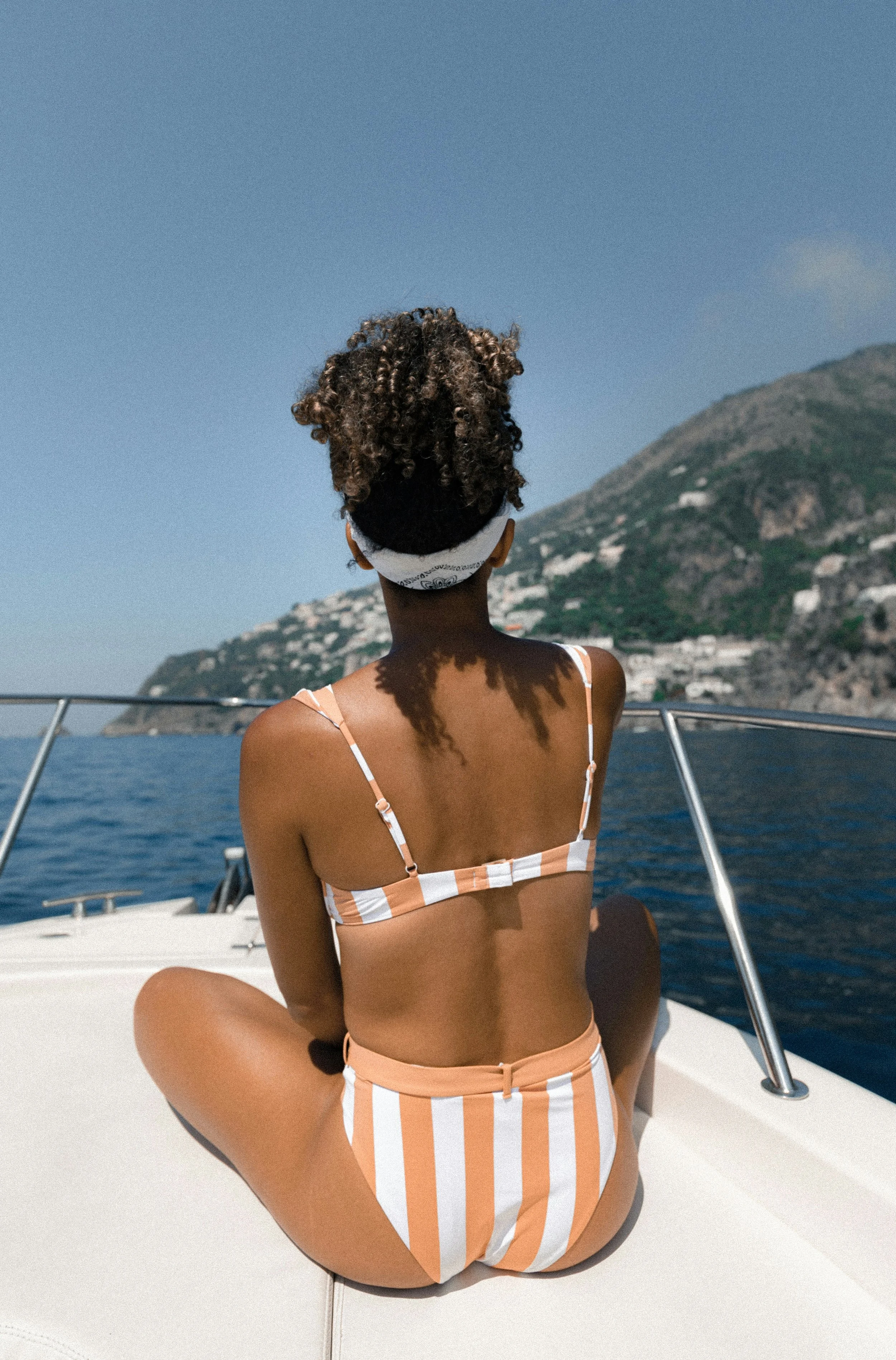Sun Safety 101
Summer is here and it’s time to get some much needed sunshine! Before you bust out the bikinis and trunks, let’s talk about the importance of sunscreen and why you should be using it every day. Sunscreen not only protects from sunburn and skin cancers, but also reduces risks of premature aging and wrinkles. It’s time to familiarize ourselves with the basics of sunscreen education.
What Is UVA/UVB?
The most damaging rays present in sunlight are UV (ultraviolet) rays. There are two main types of UV rays – UVA and UVB. So, what’s the difference? UVA rays penetrate the deeper layers of your skin and are responsible for aging and wrinkles. UVB rays are responsible for sunburn and the formation of many skin cancers.
The UV index handles reporting the strength of the UV rays in your area. The higher the index, the higher your risk of sun damage. For risk scale: 0-2 is minimal, 2-4 low, 4-6 is moderate, 6-10 is high, and 10-15 is very high.
How does SPF work?
SPF (sun protection factor) is the estimate of how long it would take your skin to burn when wearing sun protection compared to using no sun protection. For example, using a sunscreen with SPF 30, it would take 30 times longer to burn than if you were not wearing any sunscreen.
Another calculation is how much sun radiation can penetrate the sunscreen protection. For example, SPF 30 allows one thirtieth of sun radiation though, while SPF 50 allows only one fiftieth. Experts urge using sunscreen of at least SPF 30 any time you’re out in the sun. At Blue Lizard, we offer an array of mineral sunscreens at SPF 30 and 50 levels.
Mineral vs. Chemical Sunscreens
Mineral sunscreens, or physical sunscreens, use Zinc Oxide or Titanium Dioxide to shield your skin from UV light. Instead of absorbing into your skin, mineral sunscreens stay on the surface, deflecting UV rays. Mineral sunscreens deliver chemical-free sun protection and are more widely recommended by dermatologists and pediatricians alike.
Chemical sunscreens are the more common type of sunscreen, often found in drug stores and supermarkets. The chemicals absorb into your skin layer, but allow rays to absorb, too. The chemicals convert UV rays to hear and release it into your skin. UV light can destroy chemical sunscreens over time, leaving you unprotected.
How Often Should I Reapply Sunscreen?
Any time you’re in direct sunlight longer than ten minutes, you should be applying sunscreen. Experts recommend reapplying every two hours or after being in water or sweating. This timing can vary due to UV index that day, the level of SPF you’ve chosen, and personal interactions with sunscreen.
What Makes Sunscreen Reef Safe?
By now you've seen sunscreens marked ‘reef safe’. This means their formula is without toxic chemicals like oxybenzone and octinoxate, which contribute to coral reef bleaching and are harmful to marine life. Some popular tourist destinations are banning sunscreens with these ingredients altogether. Time in the sun often means time in the water. Sunscreen can come off and ends up back in the water with marine life.
It’s important to choose sunscreens that are safe for your family and safe for the environment. The US has limited regulations, so greenwashing of sunscreens is common. Look beyond the reef safe label. Understand ingredients and educate yourself on what to look for when purchasing sunscreen.
Other Ways To Stay Sun Safe
Made in the Shade
UV rays are strongest when the sun peaks between 10am and 2pm. Avoid sun exposure during these times, if you can help it. Sticking to shaded areas is the easiest way to ensure you’re protected from damaging effects of sun rays.
Wear Protective Clothing
Look out for fabrics labeled with UPF (Ultraviolet Protection Factor), which have built in sun protection technology. Ideally, every inch of skin would have a protective layer to keep you away from sun exposure, but this isn’t always possible. Even a simple long sleeve shirt and a wide-brimmed hat can make the difference on a sunny day.
Originally published on Medium.



